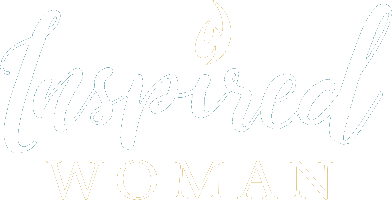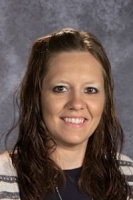by Renae Hoffmann Walker
How would you like to be a high school student and show up at a game with your brother, or worse, your parents?
Every kid wants to hang out with his/her peers at high school activities and make lifelong friends. From this reality, from a seedling of an idea, a program grew and has spread to three public high schools in Bismarck.
It’s called the Peer to Peer program. Century High School special education teacher Sara Bohrer met with a couple parents
who wanted to brainstorm ways to get students with disabilities involved in after school activities and maybe build some lifelong friendships. They did research on other U.S. programs, but found they were specific to a certain disability or pertained just to in-school activities. So, knowing “why” she wanted to see students of all abilities in the student section at basketball games or at school plays and prom fashion shows, Sara developed the “what” and the “how,” which became the Peer to Peer program at CHS.
Last year, students could be in a regular 50-minute class where they learned about various types of disabilities, the meaning of inclusion, “people first” language, and other skills to be able to work with students with disabilities, and foster friendships and relationships outside of school hours. They did research projects and had social skills classes with their special needs peers.
“It’s really changed the culture of Century as a whole. You see a lot more understanding; a lot more students stepping up even if they aren’t in the class. Being a buddy during P.E. and doing things outside of school. It has also changed the outlook of some kids as they get to their senior year,” says Sara. “I can think of six Peer to Peer students right now who changed their career paths because they have made such a great connection with these students and want to do something like that long term by working with people with disabilities.”
Last year, CHS had 21 mentors and 28 mentees. This year, because of student interest, Bohrer created a Peer to Peer 2 program. It’s a floating class, so any period mentors have open they get paired as an instructional aide in a general education class with special needs students.
“We’ve had a huge success with P.E., FACS, and art teachers asking for student aides for peer support instead of an adult because they’ve seen how it’s built confidence in students with special needs. Staff members have also seen a growth in work completion and group participation in classroom discussions.”
This year, CHS has two sections of Peer to Peer 1 and one section of Peer to Peer 2 for a total of 37 mentors and 28 mentees. Sara trained Sheyenne Schneider and Lauri Dschaak at Bismarck High and Kaila Rohrich and Therese Estranger at Legacy. Those schools have now started their own Peer to Peer 1 this year; Sara hopes to help them expand to Peer 2 next year. Meanwhile, she has mentors at CHS who want a Peer 3 program. In addition, Sara went to a workshop in February through Special Olympics on how to create Unified Sports in BPS high schools, a long term goal of hers and others in Bismarck Public Schools.
For now, Sara is enjoying the fruits of her labor.
“Just the warmth and fulfillment of being able to see youth take on true leadership roles. There are so many negatives about youth today, but I’ve seen strong leaders come out of my program, whether they are individuals with or without disabilities, as they focus on everyone’s abilities. They’ve become inclusive of everyone and that’s what it’s all about.”
[supsystic-gallery id=34]
